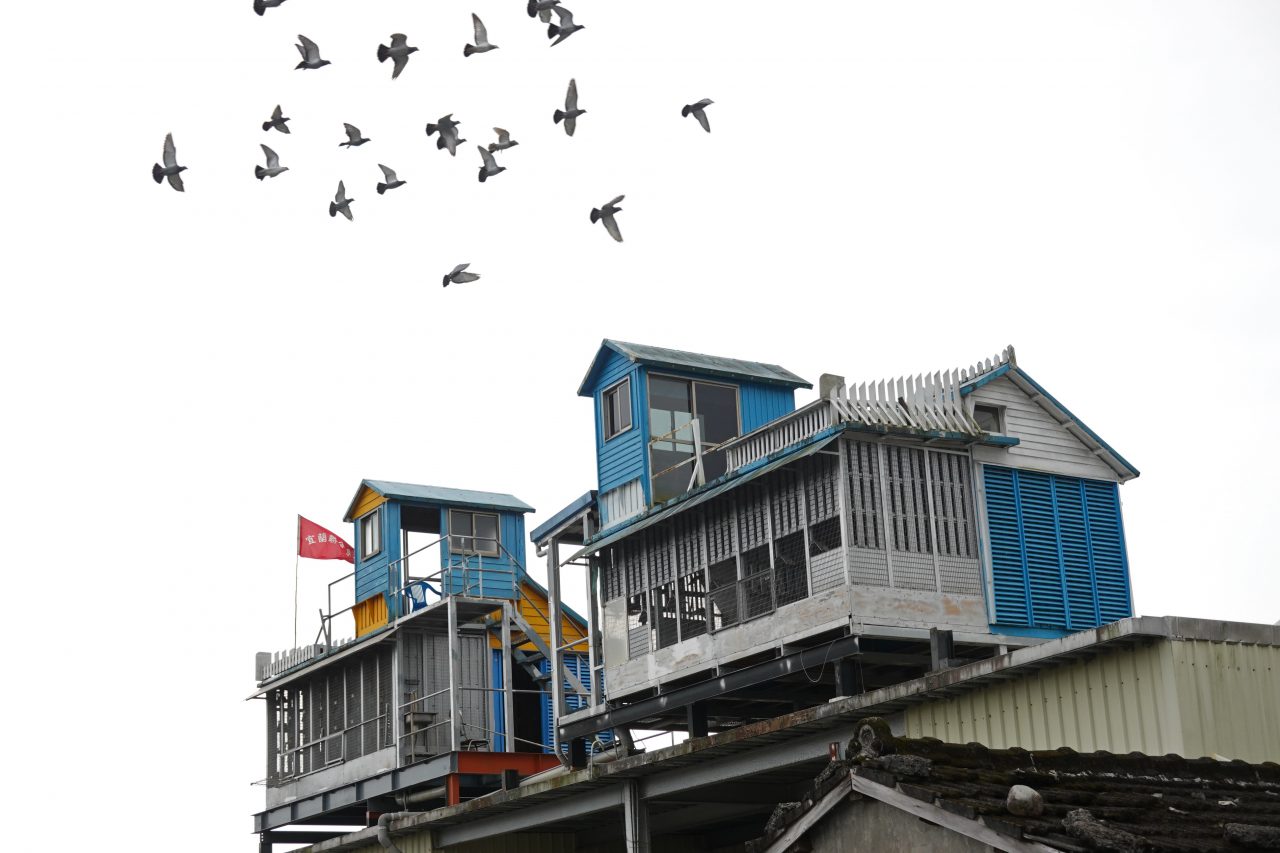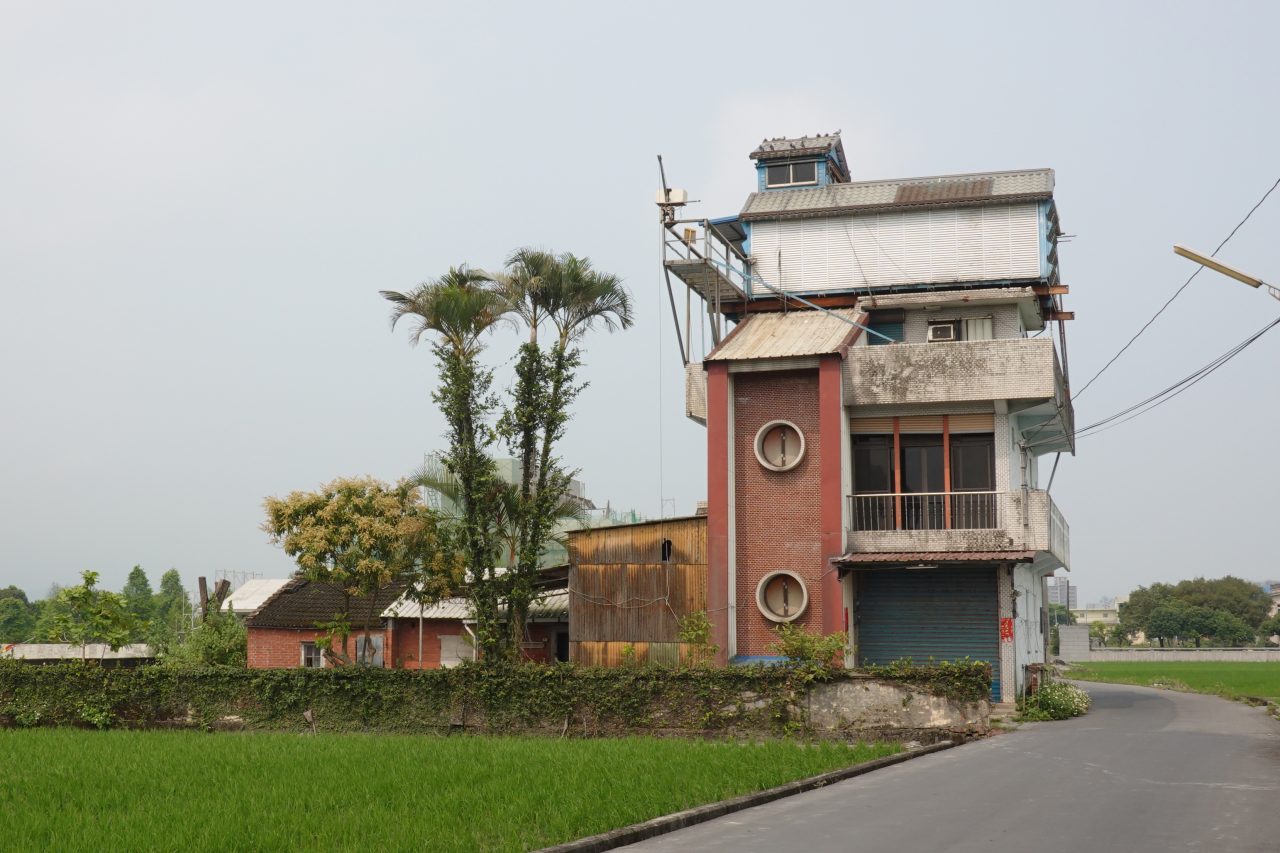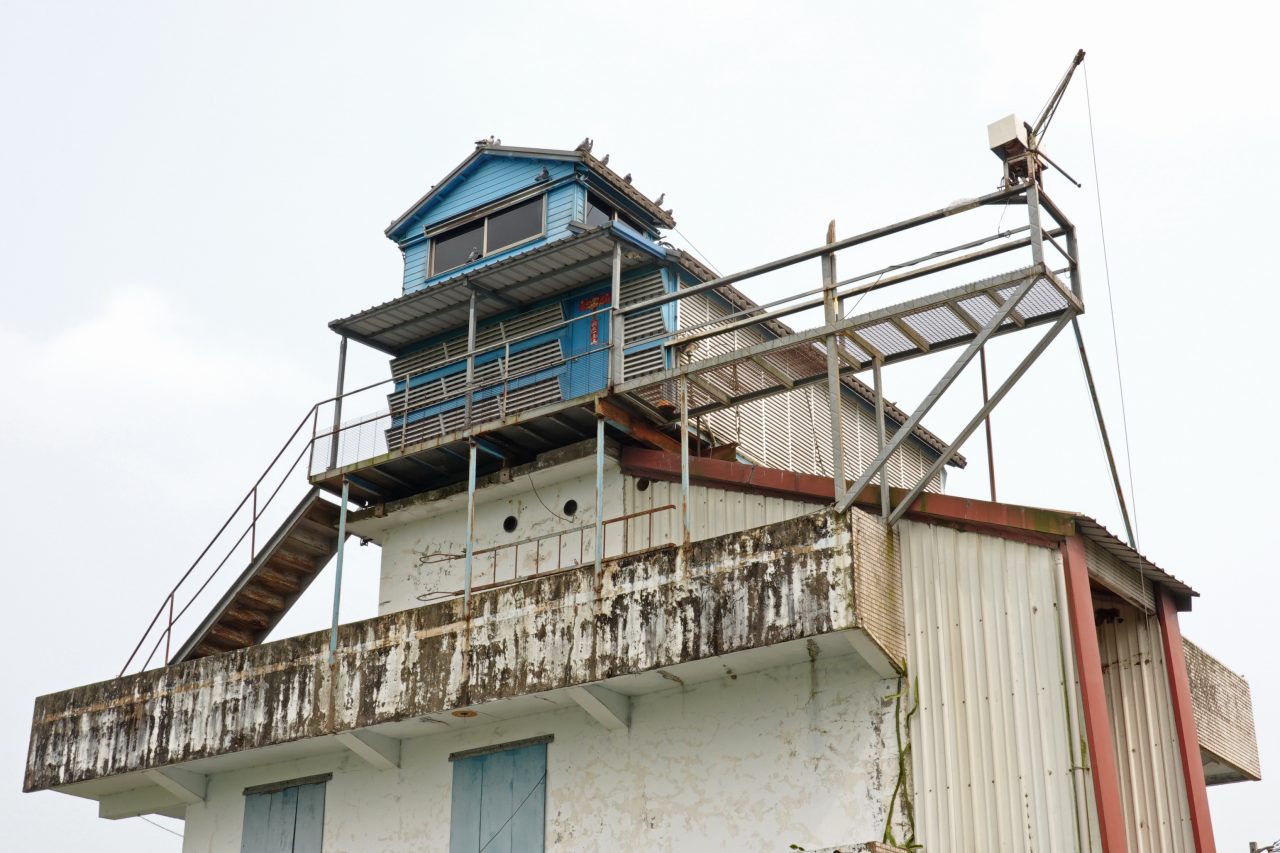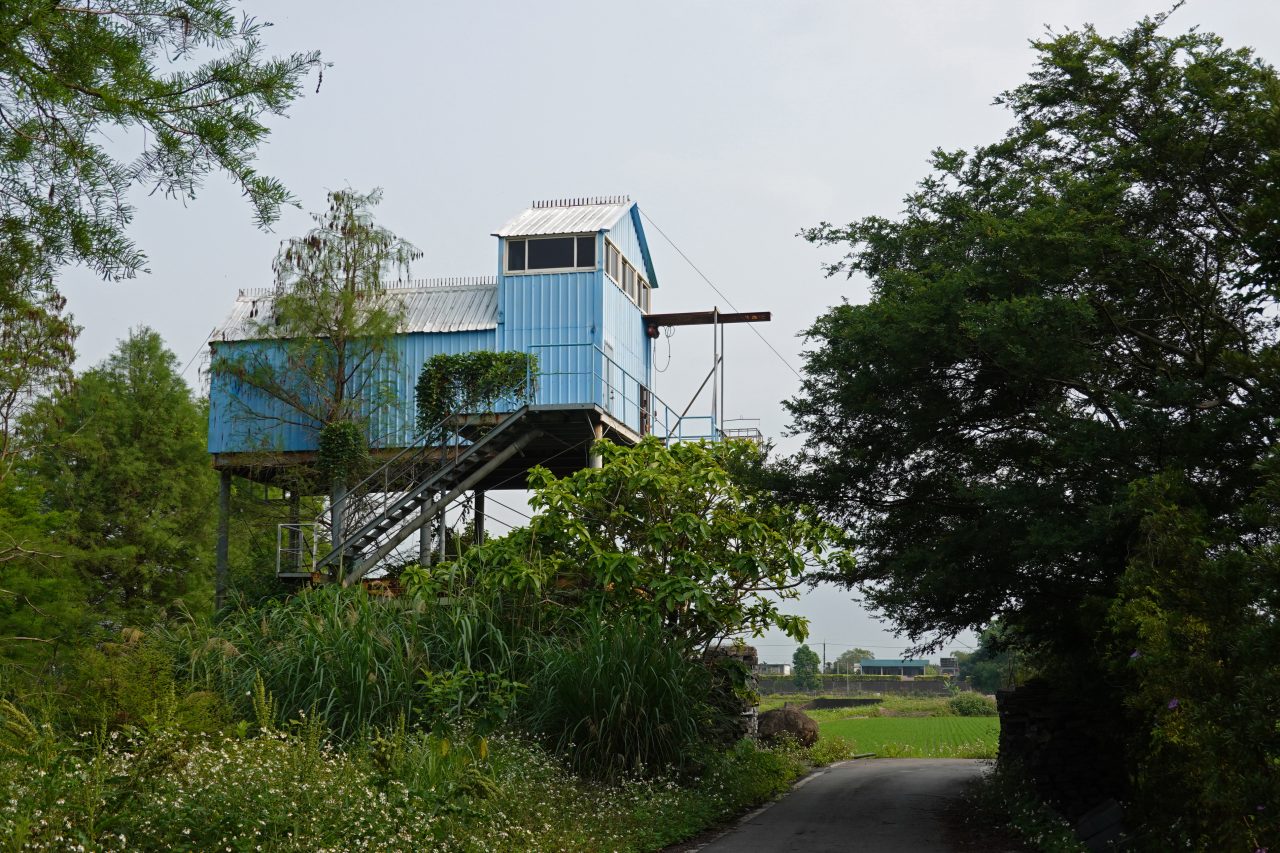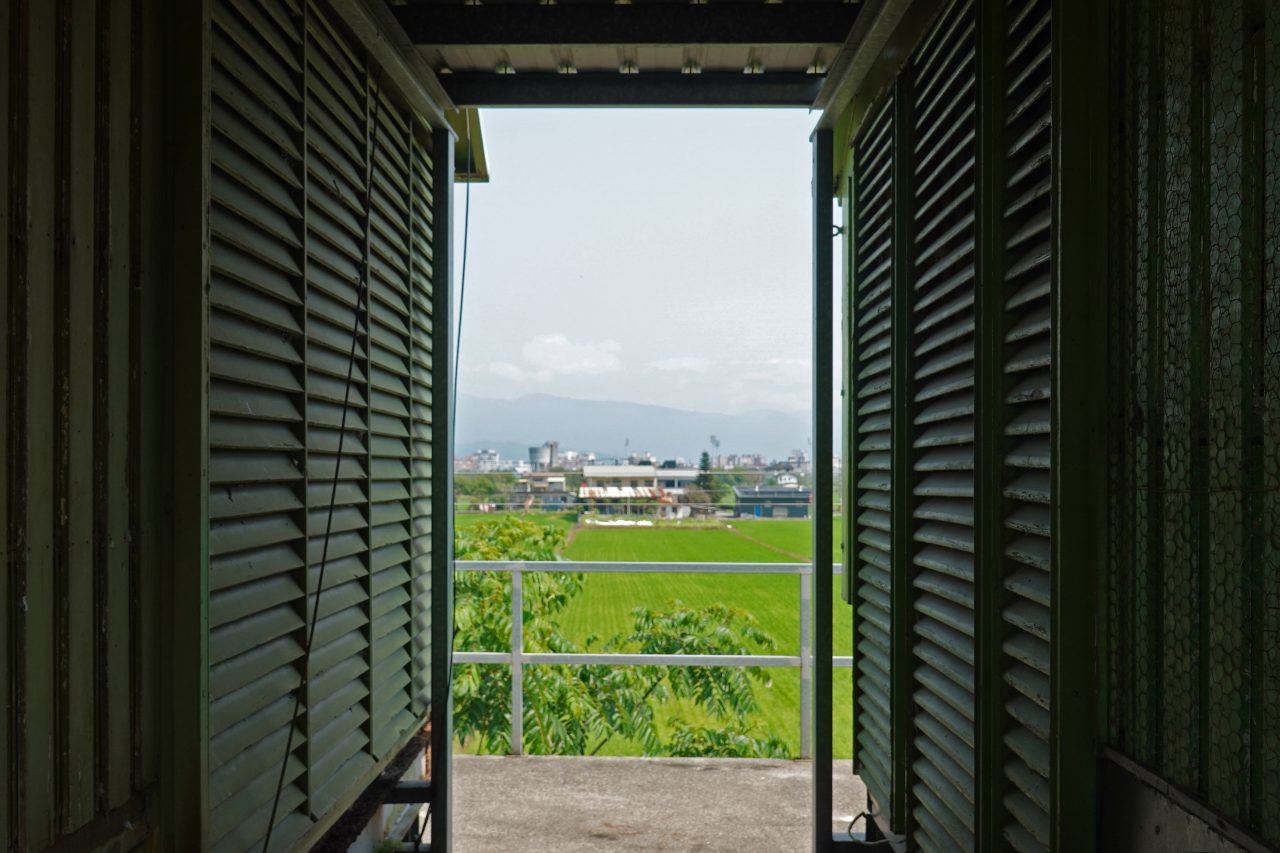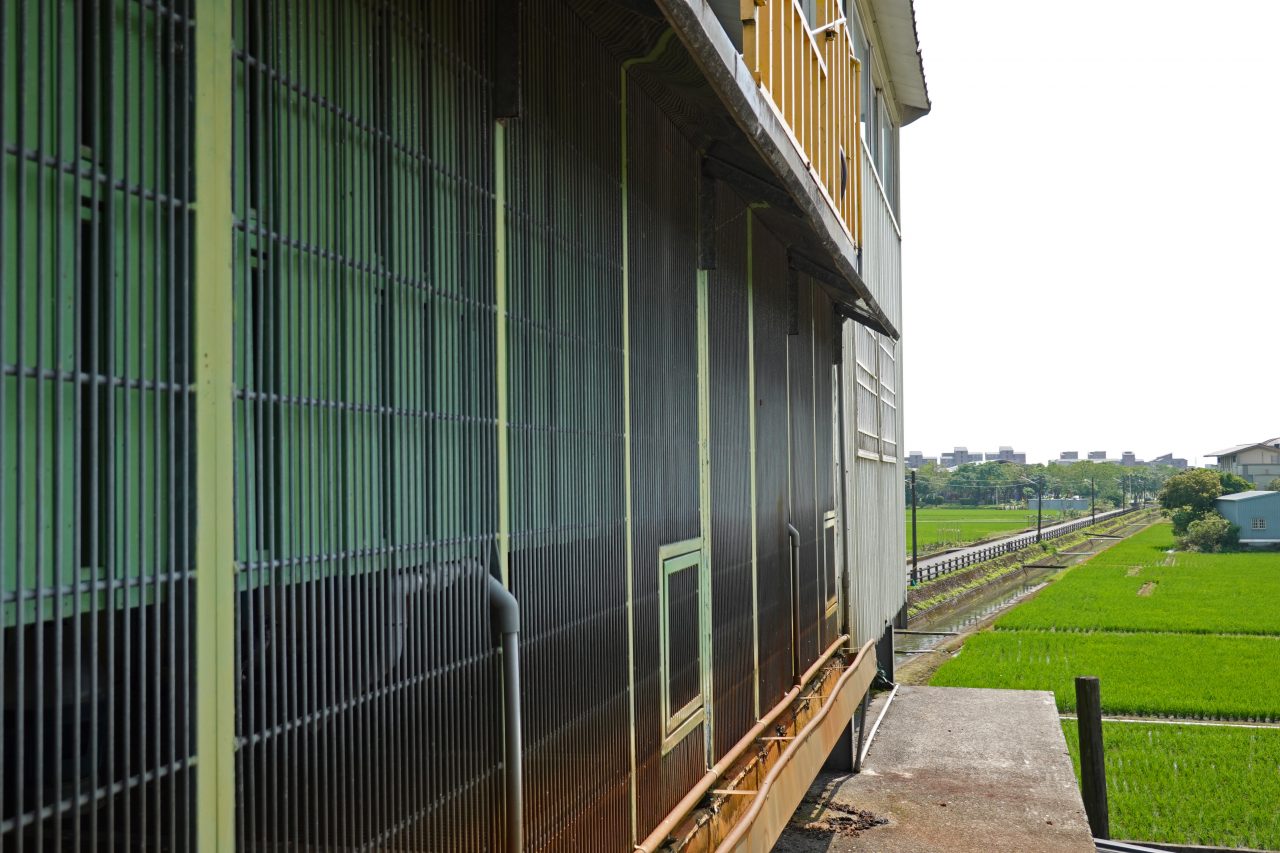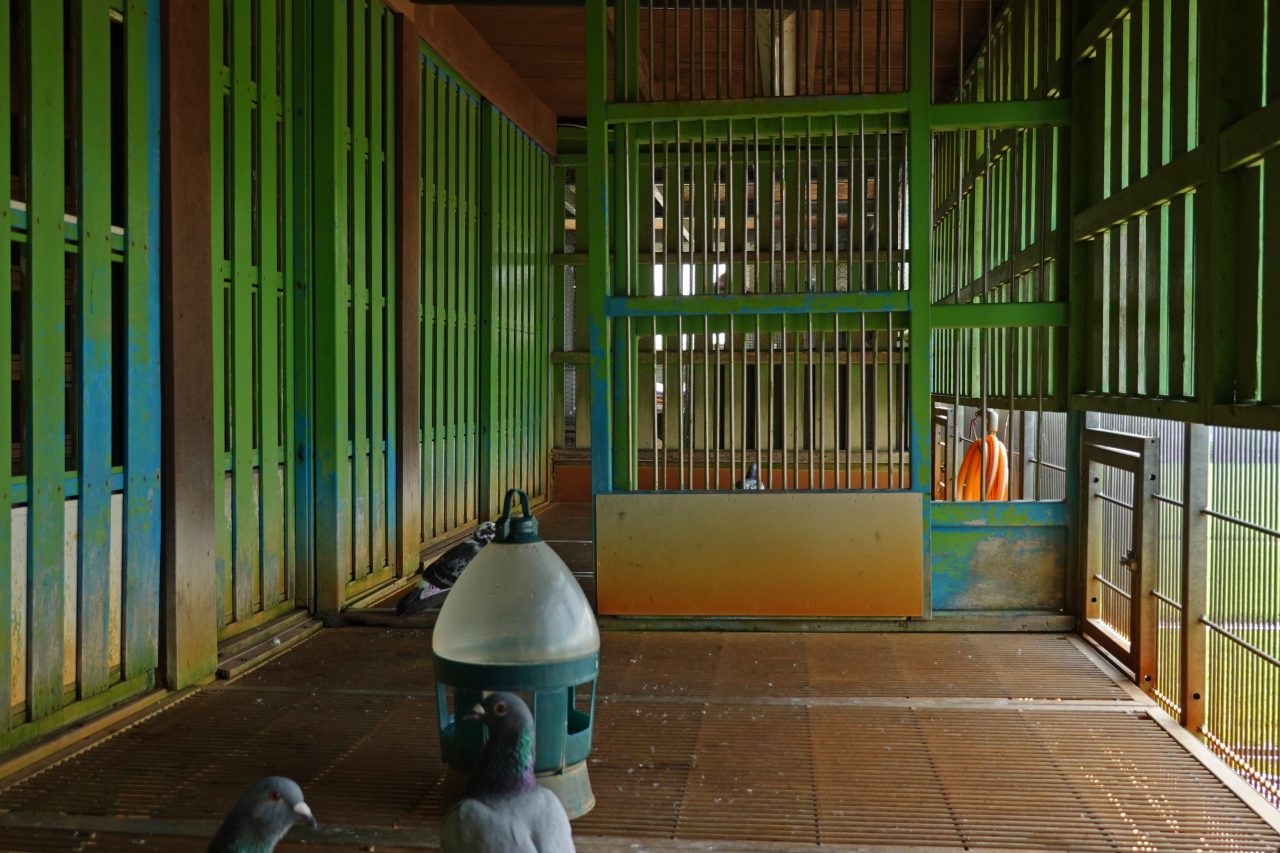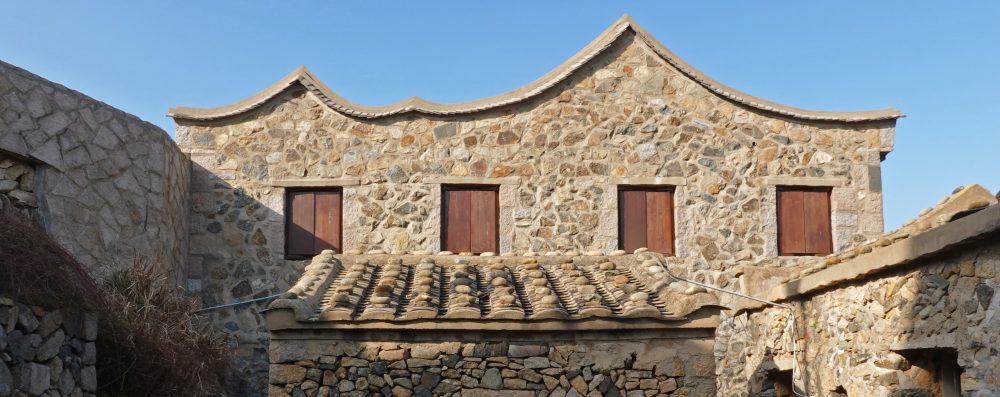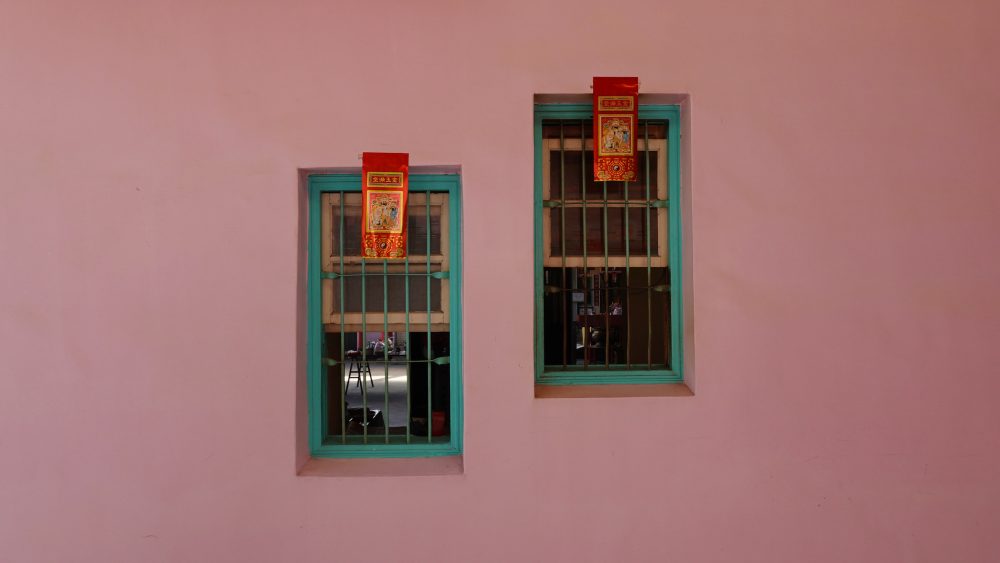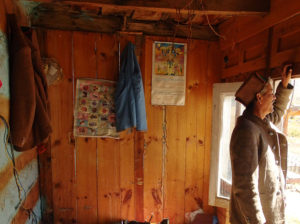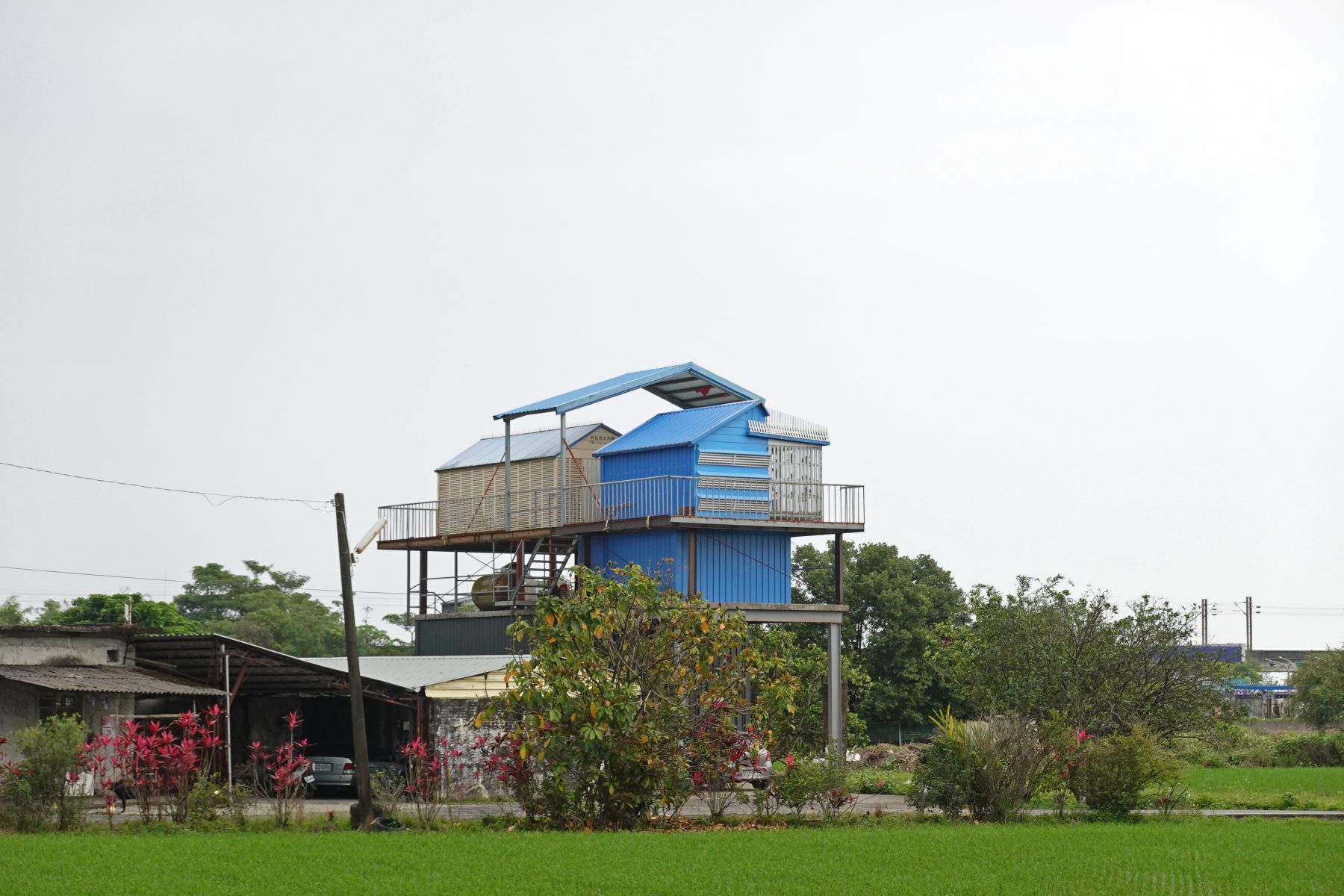
Series Contemporary Taiwan through a Window
Issue 8: The Town of Floating Pigeon Lofts
17 Aug 2023
Houses stand there, dotting the farmland. Small huts sit above them in the sky. It’s a bit of a strange sight, but one that you’ll notice sooner or later if you live in rural Taiwan.
Small huts made of steel frames and galvanized sheet iron known as tiepiwu are frequently added atop the roofs of houses in Taiwan (many of which are apparently built without permission). Added bay windows are also commonly seen, where you may find hanged laundry that feels like it may never dry. This is an especially impressive sight in urban areas like Taipei, giving off a kind of Taiwanese aggressiveness that tries to secure as much space as possible, ready to just demolish what they built if someone gets mad.
-
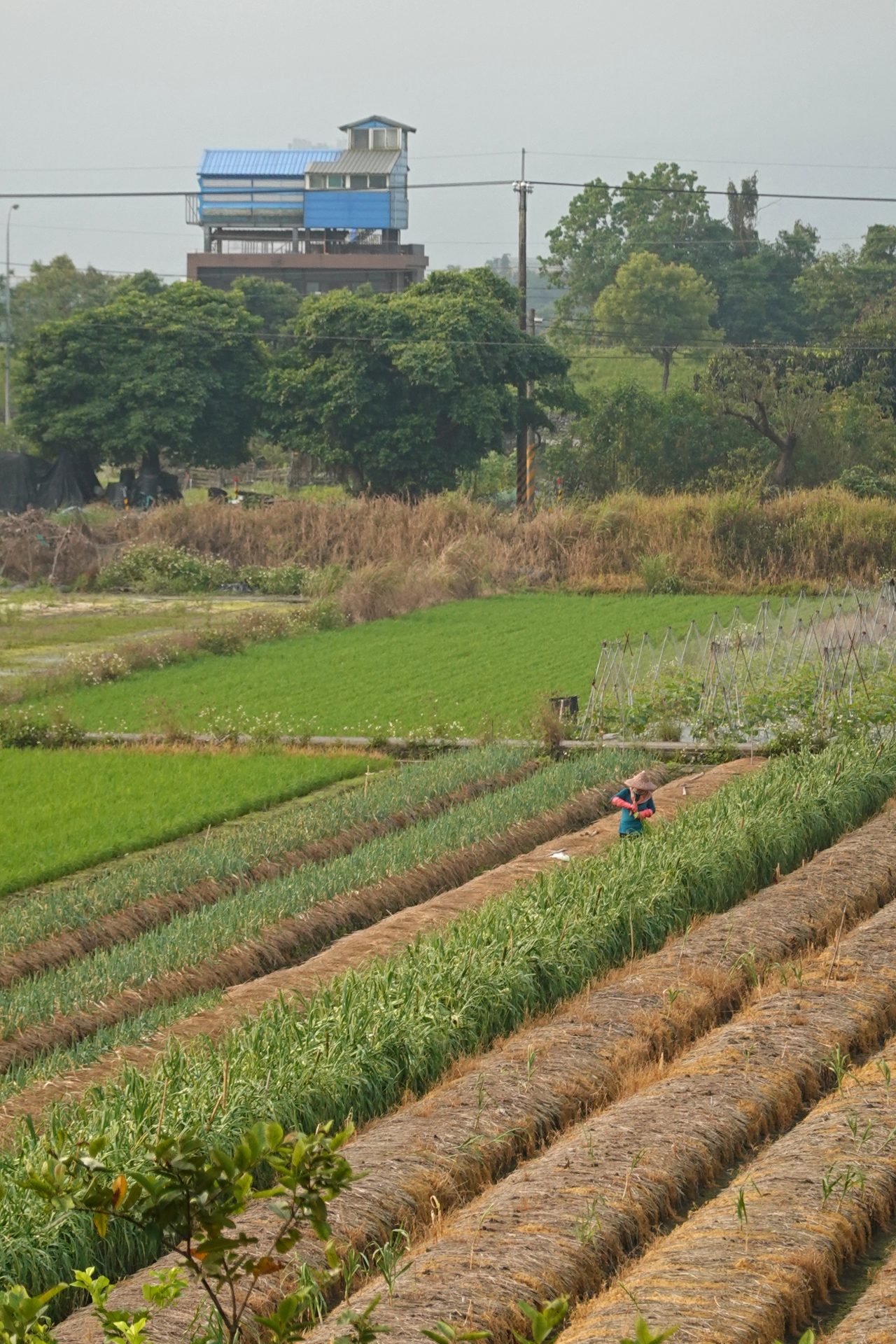
A blue hut floating in the air behind a field
However, the colorful blue and green huts built in the paddys near my house in Yilan, where I live, actually have a bit of a different purpose. According to those I asked, these are “pigeon lofts,” used for pigeon racing at that. I imagine a common reaction to these words being, “pigeon racing?” I wasn’t aware of the practice either.
Pigeon racing makes use of pigeons’ homing instinct, releasing trained birds from above the ocean and timing how long it takes for them to return to their coop in a competitive race. While it may sound like the kind of carefree hobby that retired old men partake in, it’s a more serious business than you might think.
According to the 2005 documentary film The Pigeon Game, Taiwanese pigeon racing tournaments can become so large as to have prizes of a million US dollars, with many men living off of such competitions alone. The world of these races is a deep one, with talented pigeons fetching shockingly high prices and being bred to create the next generation of elite racers. This culture has a long history around the world, such as in Europe and the Middle East, and it seems to have achieved a high enough level of status that even the British royal family partakes in it. While not officially recognized in Taiwan because of the gambling aspect, it appears to be gaining popularity here in recent years, as well as in China, making its existence unignorable if one wants to know about contemporary Taiwan. As far as Japan goes, there are amateurs there who enjoy it as a pure sport with no prize money involved.
In any case, these “floating huts” piqued my interest. I went to observe and take photos of the pigeon lofts all around my town when I found some free time.
In general, the majority of their walls appear to be louvered or made of wire in order to provide ventilation. The fact that they’re huts full of openings may make them resemble the desert buildings used to dry grapes that I previously saw in the Uyghur region of China.
For the most part, these lofts will have a turret-like section jutting into the air. Bird keepers generally stay in these and observe the outdoors through aluminum sash windows built on all four sides. A balcony area is also required, as keepers devote themselves to the pigeons’ flight training by waving red flags and making noise using firework rockets. Before I knew about any of this, I would hear fireworks being set off each day near my home and think that it may be some sort of religious practice (firecrackers being a vital part of Taiwanese religious activities).
I tried asking an old man who runs a nearby hut if I could tour the inside. While it was hard to hear his answer over his ferocious dog, he seemed to consent and showed me around the grounds.
The man’s loft was relatively new, apparently built six years ago. Two green pigeon lofts sat on top of the black box of a first-floor living space, two “turrets” shooting into the air from opposite sides. We clanged our way up the steel steps until I entered the second-floor terrace area.
I couldn’t tell from the outside, but I was surprised to find that the delicate louvers were made of wood. The two lofts seem to be used for races at different times of the year, each broadly separated into two sections on the inside: one for resting, and the other for exercise.
The resting room was particularly hygienic, using louvers on the outside to provide darkness while partitioned using wooden coops and latticed doors. The use of wood must be to prevent rapid changes in temperature, as well as injuries to the pigeons. I happened to visit on a sunny day, and the light was beautiful, seemingly filtered by the louvers and latticed doors. This delicate climate control affects the condition of the pigeons, though only a few of the man’s “athletes” were left when I visited (races are divided into multiple rounds, and pigeons are lost each time as these rounds go by. It’s a ruthless world). According to the old man, “Pigeons are no different from humans. If a human’s comfortable in a space, a pigeon’s comfortable too.”
-
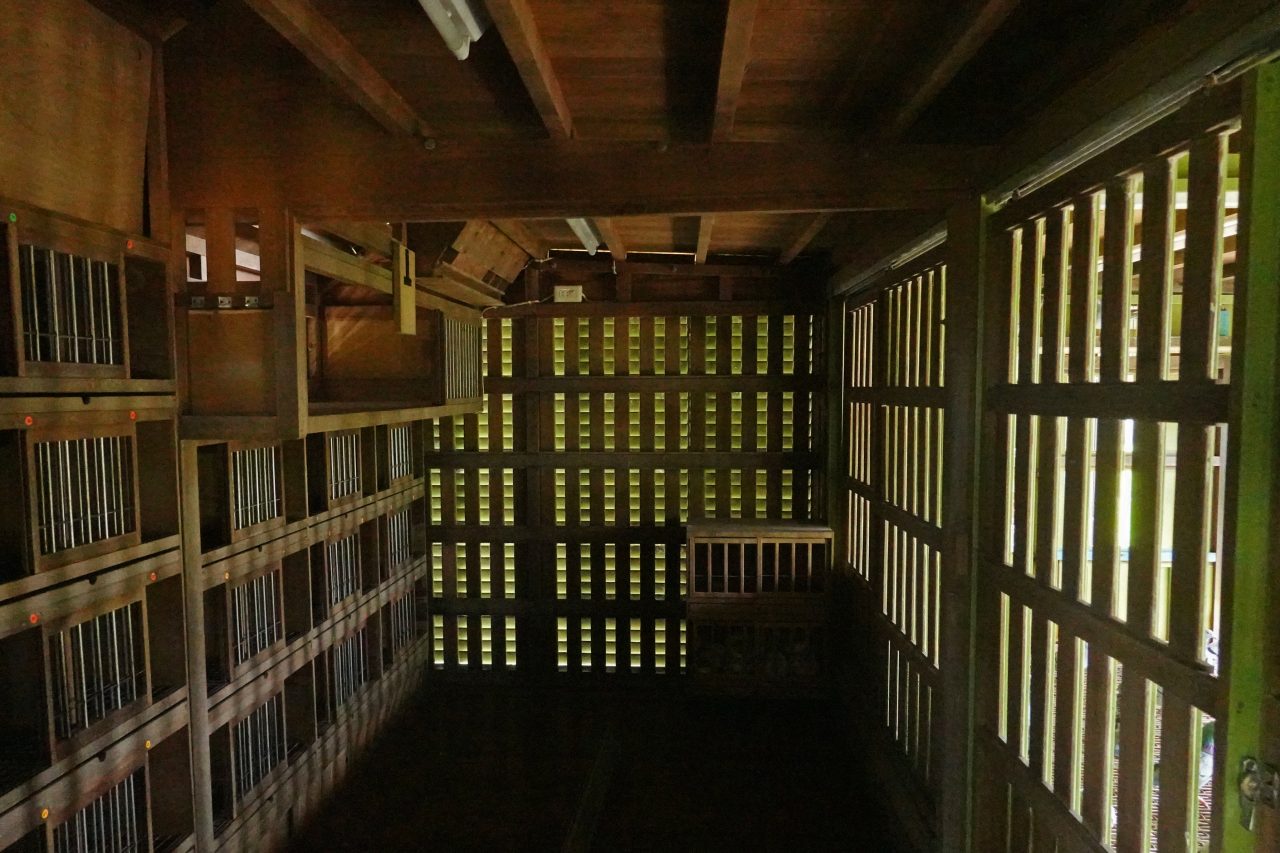
The resting area for pigeons. Light seems to filter in through the louvers and latticed doors. Pigeons enter from the roof, descending from the top of the room.
As for the exercise room, it faces south, its outer wire walls and latticed doors making for a relatively bright space. The floor below the slightly raised wires is carefully designed to deal with body waste, with sewage gathered in gutters passing through drainpipes under the floor. Of course, I thought, so the lofts float in the air for a practical reason.
The use of both dark and bright spaces seems to be in order to give the pigeons a daily rhythm. This reminded me of the traditional houses I’ve seen throughout Asia. Many of these homes also have spaces that are dark and warm, along with spaces that are bright and open. People switch between these spaces during day and night, or summer and winter. We may have already lost a number of rhythms in our daily lives because of the changes in architecture brought about by air conditioning. I think there are more than a few things we could relearn from this pigeon hut, designed with consideration paid to temperature and humidity in ways that would be “no different from a human” space, as the old man would say.
-

Schematic profile
According to him, there are companies that specialize in these kinds of pigeon lofts, allowing customers to pick from various prototypes and assembling them. This made sense, as while I did find individuality in their color and balcony areas, many of these huts were built in the same fundamental way. I suppose you could say that the world of pigeon racing in Taiwan has reached a level so high that it has given birth to its own type of architecture.
-
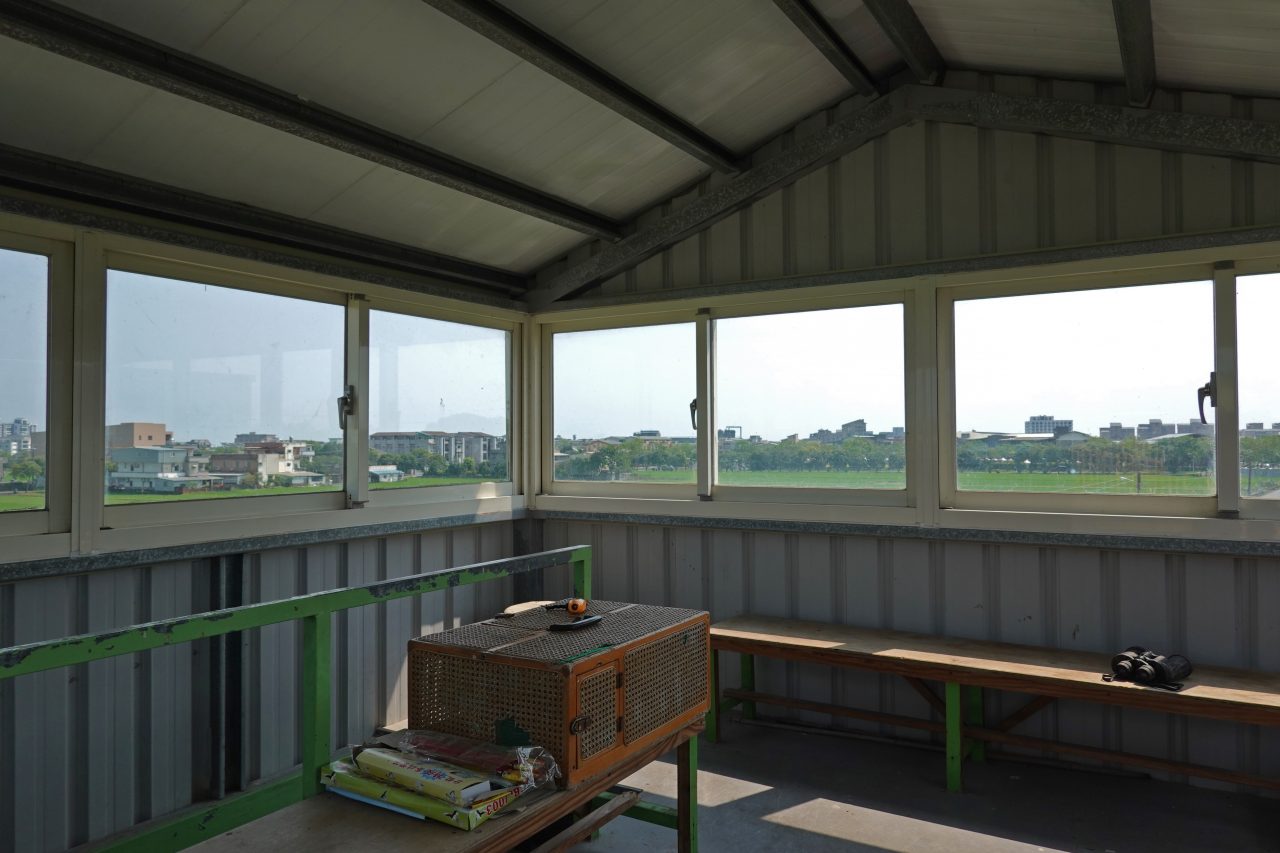
What the old men of the pigeon lofts see
I tried climbing to the turret section above the pigeon loft. As I could tell from the outside, it was a comfortable space open on all sides. The old man pointed into the distance. “That’s my friend’s pigeon loft.” He pointed in another direction, telling me, “That pigeon loft was just rebuilt.” Indeed, from here the floating pigeon lofts seemed like friends. There was a world I knew nothing about floating four or five meters above the ground in the town where I live. And yet, it was indisputably a part of the world I inhabit.
(Continued in issue 9)
Ryuki Taguma
Taguma was born in Tokyo in 1992. In 2017 he graduated from Waseda University’s Nakatani Norihito Lab with his masterʼs in architectural history. During his time off from graduate school, he traveled around villages and folk houses in 11 Asian and Middle Eastern countries (his essays about this trip are serialized on the Window Research Institute website as “Travelling Asia through a Window”). In 2017, he began working under Huang Sheng-Yuan at Fieldoffice Architects in Yilan County, Taiwan. In 2018 he was accepted to the UNION Foundation for Ergodesign Culture’s overseas training program, and in 2019 he was accepted to the artist overseas training program promoted by the Agency for Cultural Affairs. He is based in Yilan, where it rains for the majority of the year, from which he designs various public buildings such as parks, cultural facilities, parking structures, bus terminals, and more.

MORE FROM THE SERIES
-
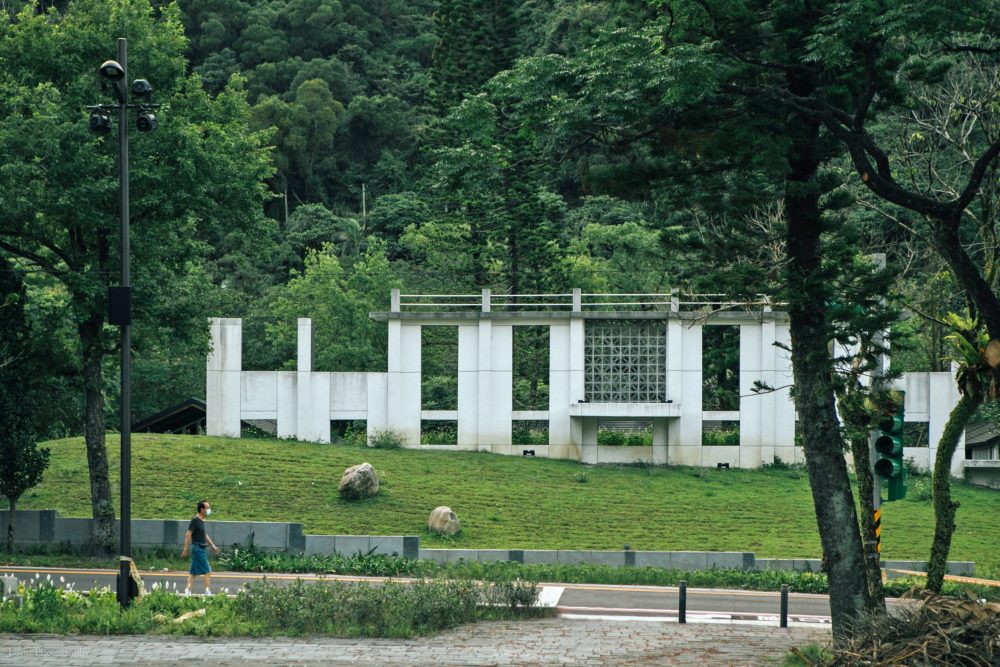
Contemporary Taiwan through a Window
Issue 14: A Window for Standing Still—Fieldoffice Architects, Paomagudao Park
22 Jan 2025
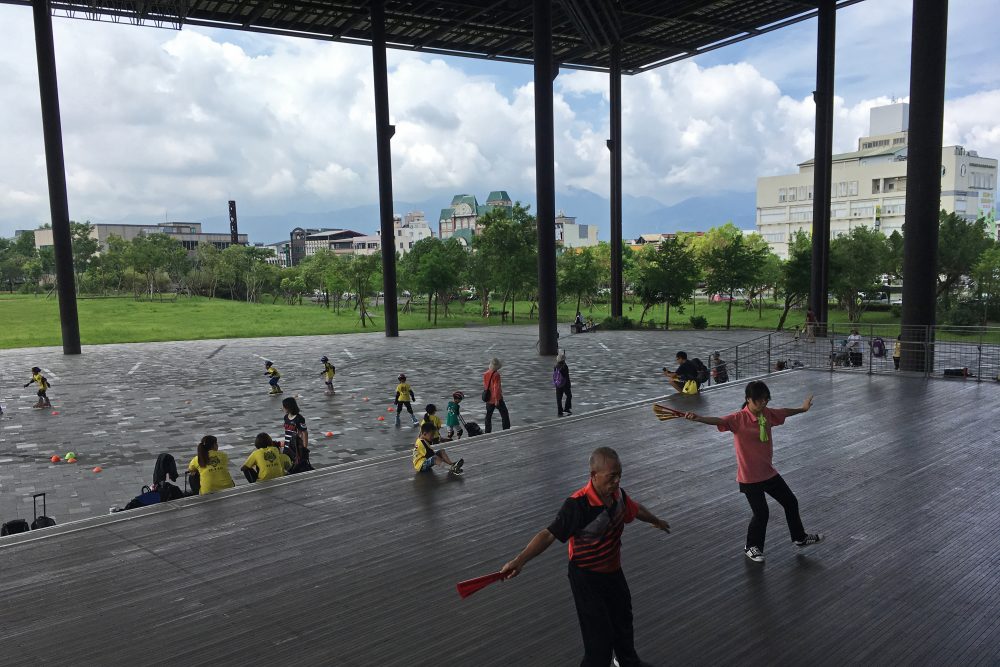
Contemporary Taiwan through a Window
Issue 13: Democracy Under Canopies (Fieldoffice Architects)
18 Nov 2024
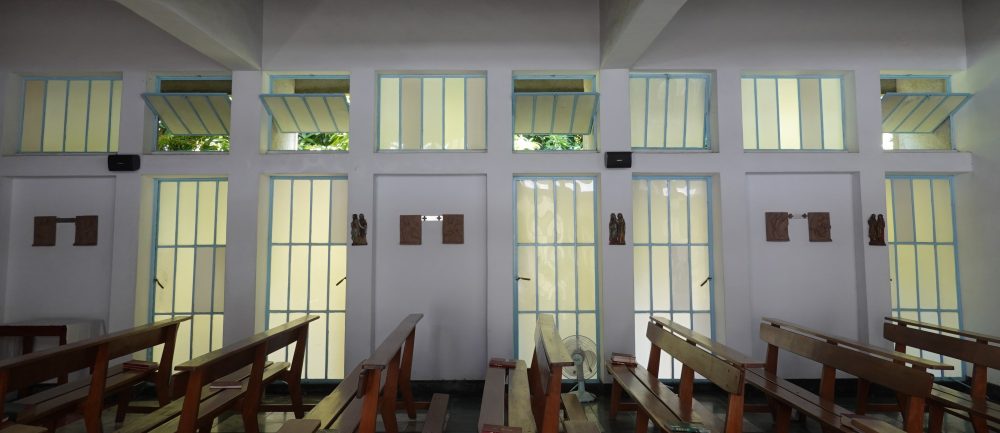
Contemporary Taiwan through a Window
Issue 12: A Small Church for the Indigenous (Taitung)
20 Jun 2024
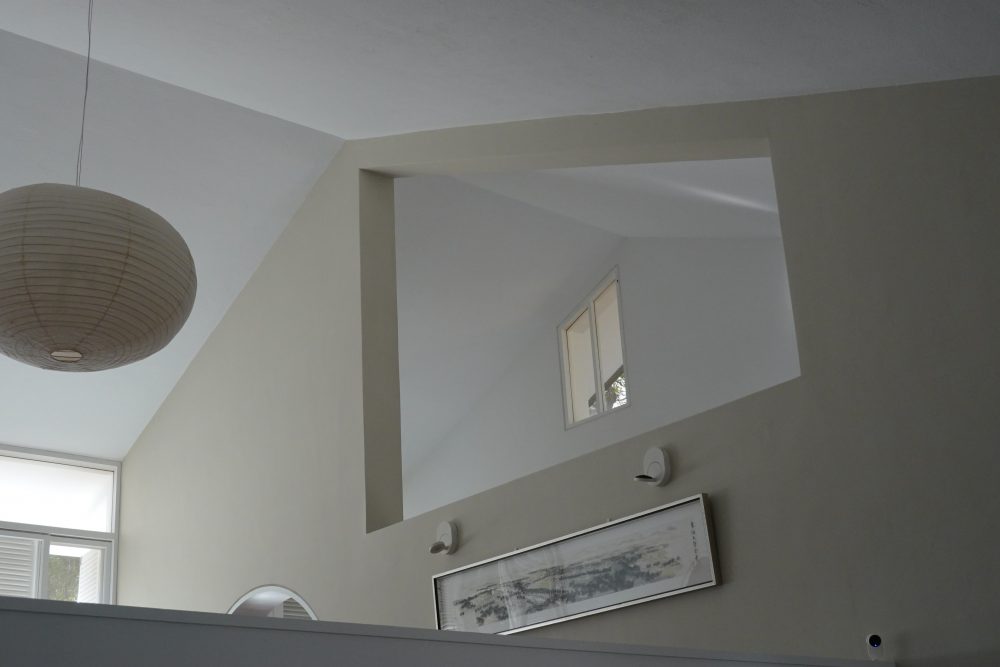
Contemporary Taiwan through a Window
Issue 11: Joined Somewhere, Connected Throughout—Chen Chi-Kwan, Tunghai University Methodist Hall
04 Mar 2024
